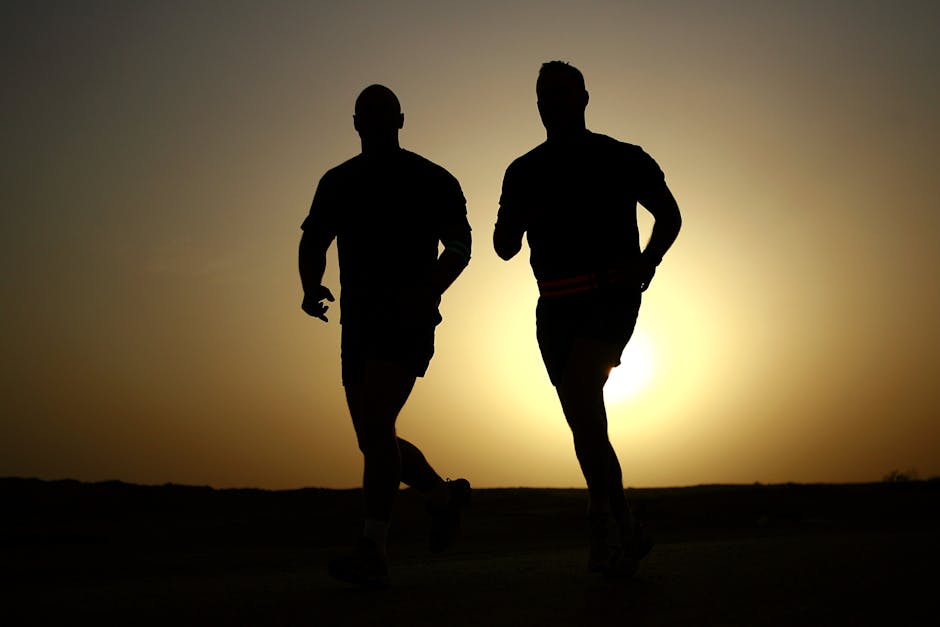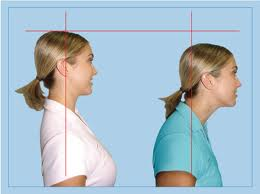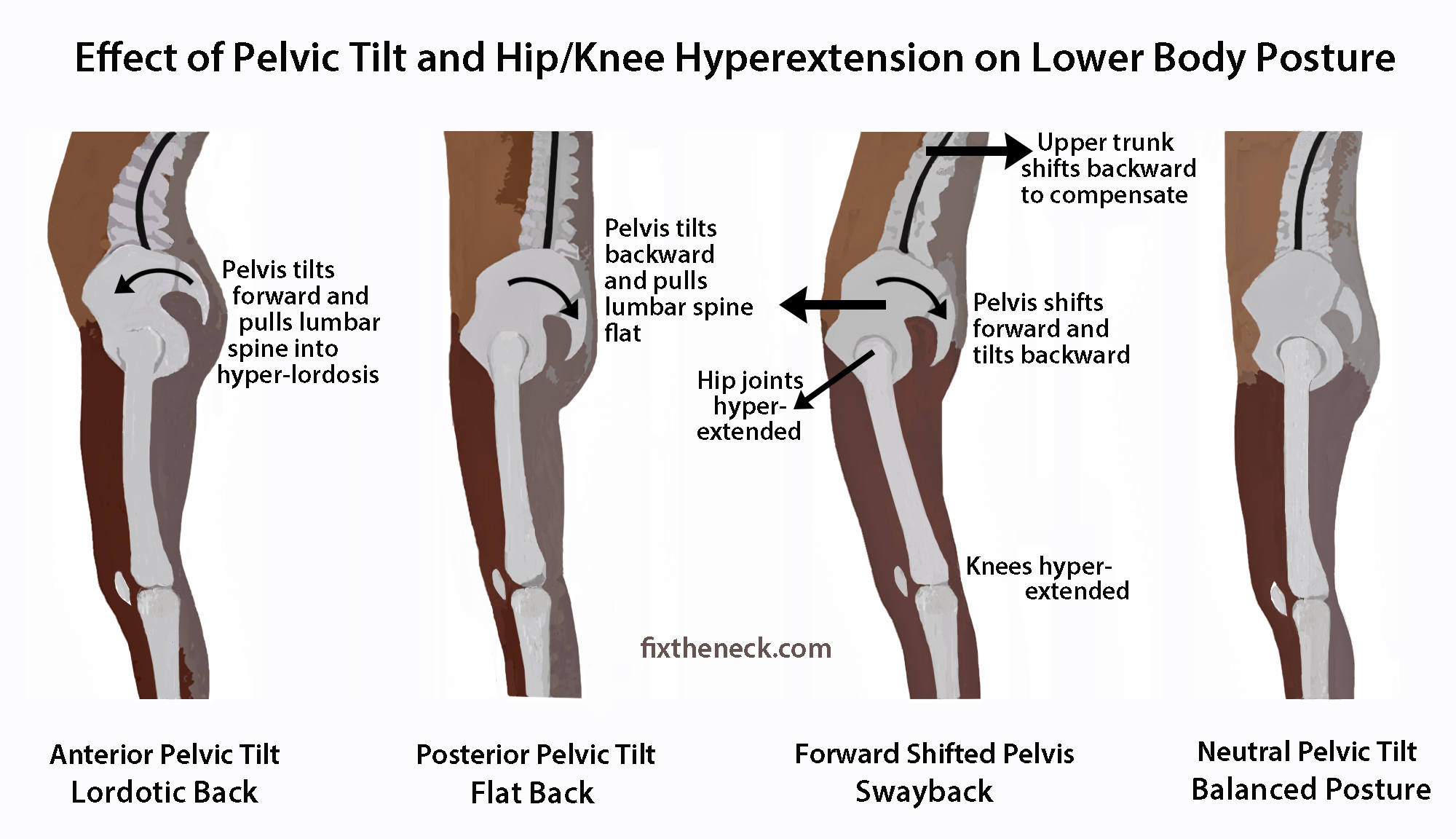
“Life is never stagnation. It is constant movement, un-rhythmic movement, as we as constant change. Things live by moving and gain strength as they go.”
– Bruce Lee
Humans were built and shaped through many years of evolution to be moving machines so it’s very disheartening to see that many of us have lost the ability to be agile and mobile. Although we’ve gotten over the age of poor sanitary and infectious disease, we are still plagued with something just as bad: sedentarism. Not only does this wreak havoc in our physical health but our mental health as well.
What’s most alarming is the draw dropping statistics of obesity, stress, and depression that is prominent in first and second world countries. One would guess that supposedly as leaders of this world who are best with innovation and technological advancement, we would be on top with our health as well. But clearly that is not the case, and despite being able to “move life forward” we are doing it at the expense of our health.
Today, we’ll be talking about the less known implications of sedentarism and what one can do about it:
- Why We’re Increasingly Motion-Less and How that Causes Less Emotions
- Not-so-obvious Implications of Being Sedentary
- What can be done?
Why We’re Increasingly Motion-Less and How that Causes Less EmotionsWhen the Europeans invaded migrated to the New World, they saw the tribal natives as savages that needed to be domesticated. The word was given and so it was done. Overtime, as societies became more civilized, the need for our species to be active for survival decreased. We no longer had to look for wood to build fires and huts, hunt for animals, and gather berries… all of this can be done at the one-stop grocery shop 5 minutes away! The advancement of technology meant less need for our primal abilities.
This poses a series of problems though–our physiology was designed to pick up things in our environment and immediate surroundings; it’s a very advanced system. That’s why when we’re active and have our senses engaged in the present moment we feel the most alive. However, when we’re no longer using our amazing built-in capabilities, energy becomes stagnant. Emotion is energy in motion, that’s why when we’re overtly motion-less and stuck inside of our heads, we experience a smaller range of [negative] emotions.
The Not-so-obvious Implications of Being Sedentary
Rather than regurgitating all of the common health-risks that come from sedentarism, I wanted to share with you the less discussed themes and issues to paint some important connections that will hopefully take you into deeper thought.
Physical Dysfunction
Our bodies make physical adaptations to the stresses we put (or don’t put) it through. A great example of this is the development of muscles through physical activity or calluses that form from repeated irritation. When we don’t use our bodies similar things happen but in a reversed fashion. One possibility is that our body begins to adapt to the lack of activity, which results in the loss of function in certain muscles. And when certain muscles are no longer firing properly, other muscles have to compensate for it. Eventually, this leads to the next possibility (which is very common), and that is overactive and underactive muscles. Basically, this causes muscle imbalances, which is a very important concept to keep in mind (you’ll soon see why).
When certain muscles are overly active, the other gets inhibited, and as one can probably observe if they paid close attention, many are walking around, or should I say limping and waddling around, with very poor posture. Rounded shoulders, elevated hips, duck feet, and so on so forth. Let’s take a look at some of the most common postural dysfunctions:
- Forward Head

- Which leads to.. Rounded Shoulders:

- Usually Hips Will Follow (Could be the reverse)

- And then we see issues with the knees

- Finally feet
 or in worse cases (bunions hammer toe)
or in worse cases (bunions hammer toe)
Now it’s important to stress that these are not the only postural dysfunctions; they are just the most common ones that I see as a personal trainer. There are numerous of variations and deviations that’s associated with poor posture that we are not going to get into today. What I do want to cover however, is the less-known issues that’s associated with having dysfunction.
Foot Issues, Knee Problems, Back Pain, Clicking Hips, Shoulders, and Orthopedic Injuries
 Maybe it’s just me, but I hear a lot of people complaining about pain in certain areas. So what do they do? They get some testing and screening done to get it checked out. Either the doctor comes back with no results or they explain what they see on the X-Rays and MRIs and share with you some medical terminology you don’t really understand: abnormal cartilage damage, rheumatoid arthritis, degenerative disk disease, a hernia, or [insert scary physical condition here]. Some are indifferent when they receive such information because they’ve been living for quite some time and aren’t surprised that they’ve done some wear tear to their bodies. Their reaction: “Meh.”
Maybe it’s just me, but I hear a lot of people complaining about pain in certain areas. So what do they do? They get some testing and screening done to get it checked out. Either the doctor comes back with no results or they explain what they see on the X-Rays and MRIs and share with you some medical terminology you don’t really understand: abnormal cartilage damage, rheumatoid arthritis, degenerative disk disease, a hernia, or [insert scary physical condition here]. Some are indifferent when they receive such information because they’ve been living for quite some time and aren’t surprised that they’ve done some wear tear to their bodies. Their reaction: “Meh.”
While others are in shock and terror with the news and now are receptive to any solution to remedy their problem. The next logical step is to ask, “What should I do?”
The unqualified and ignorant doctor will put them on pain meds or refer out to an orthopedic surgeon. I use those terms in the best way possible for what they literally mean and without negative connotation. There are a lot of unqualified primary care doctors that are generalists who will point them in the direction of a specialist who is ignorant. When I say that they’re ignorant, I don’t mean that they’re stupid, but generally speaking someone who specializes in a certain area is highly competent in that area only, rendering them ignorant in other areas. Not always the case, but generally.
Here’s the issue when it comes down to physical dysfunction: the body is one kinetic chain and anyone who understands the biomechanics of the human body will tell you a problem at the knee is not exactly a problem with the knee. When someone gets a knee, hip, or back surgery, a hip replacement or some sort of spinal fusion, unless it was completely necessary, this becomes my reaction:

I can’t exactly find the Orthopedic surgeon who made this claim since it was a very old source, so use your best judgment and to your discretion. He said that 95% of all orthopedic surgeries were unnecessary and could be prevented. As a personal trainer, corrective exercise specialist, and someone who studies posture, I give my support to that statement.
“But what about someone who broke their bones or tore some sort of ligament.”
The surgery may be necessary at that point, but the statement still holds true: “…could be prevented.” I’m always interested in treating problems at the cause and not their symptoms. Which is why when you go to a specialist for a hip issue and they explain to you what’s going on at your hip and tell you to do hip surgery or get a replacement. What they don’t tell you (because they don’t know) is maybe you’ve had a chronically tight gluteus or hip muscle on one side that’s causing problems with your pelvis.
Another point to hit home: if you’re having problems with your shoulders, have you thought of looking at your feet? Scroll back up and look at the last picture of the imbalanced body. Let’s say you have poor ankle mobility and tight calves on just one side of your body. If you don’t fix this problem, it gets worse overtime, and is amplified if you’re overweight. And being unaware of this problem, you also do 5 mile runs and lift weights on top of it. Can you see where the real problem lies? A problem with your foot will run up to your hips. If it’s left unaddressed, it will cause some sort of distortion that will run up your spine and cause your shoulders to compensate for it. You go to the doctor for a shoulder issue that was caused by your foot. You get surgery for your shoulder but never address what truly caused the problem…

With that being said, I hope now you see the importance of movement, being physically active and fully functional. It helps to know that your body is the one vehicle that will transport your being until the day you die. Don’t let physical limitations stop you from experiencing all that you can.
So what can be done about all of this?
It’s pretty simple: if you’re sedentary, you want to incorporate more physical activity. Sometimes all you really need to do is to just start with walking. From there, you can increase the resistance to continue to grow and challenge your body. In terms of posture, you want to be mindful of what imbalances you may have by paying close attention to your body and how it moves. This is a very deep topic to get into and there are a lot of great, free resources online that can help you with this. However, if you’re looking for a thorough postural assessment along with stretches and a workout routine to follow, I recommend checking out my 28 transformation program. I designed it specifically for those who wanted to build a solid foundation for their fitness journey.
